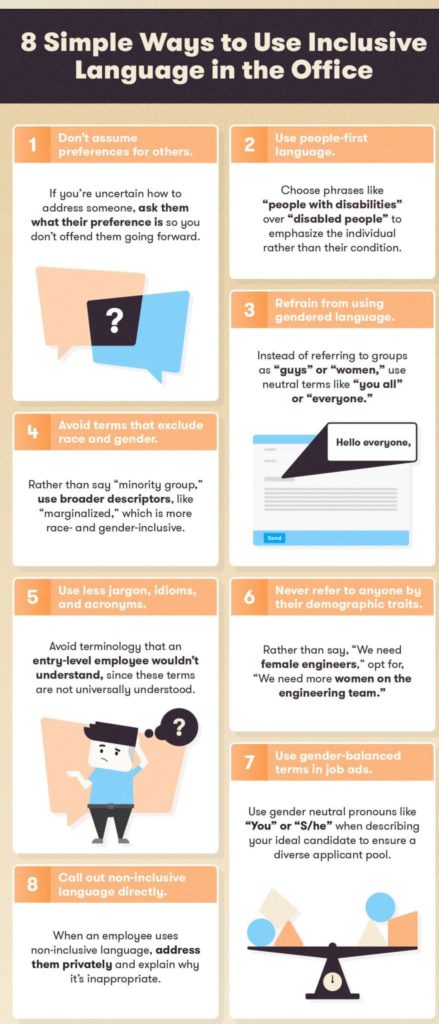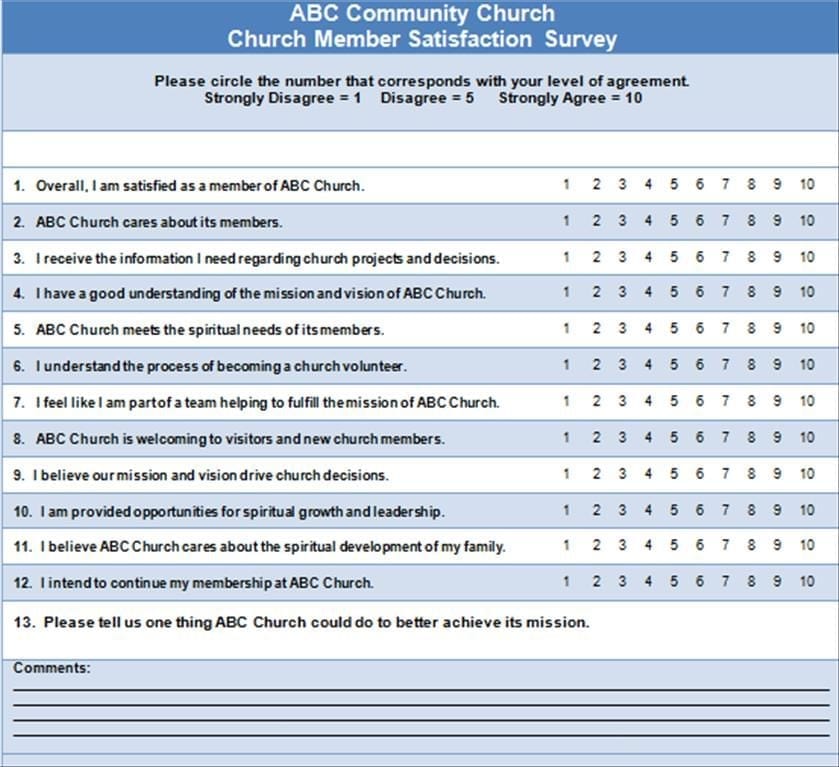How to Improve Outreach and Communications for Your Church or Ministry
No matter how advanced your church's communication strategy is, these tips and best practices will help you improve the quality of your communications.

No matter how advanced your church's communication strategy is, these tips and best practices will help you improve the quality of your communications.

We would wager that everyone who opened and landed on this blog had a pretty different idea of what they would find inside. That’s not to say that our title was confusing or misleading, but the reality is, “improvement” is a pretty vague term.
Depending on where your church is on the spectrum of connectivity, improvement could look like simply taking the steps to send your first church-wide communication. Or, to a mega-church with thousands of visitors and a killer social media page, improvement could be breaking ground on a new and revolutionary kind of digital marketing.
So, in order to appeal to all levels of expertise, we’re taking it back to the foundational tools that are universally applicable and guaranteed to boost the efficacy of your church communication. Let’s get down to basics!
As we mentioned in our introduction, improving your communications could mean a lot of different things. So instead of focusing on specific, silver bullet communication tactics, we want to highlight some of the important elements that all effective communications have.
We believe that being mindful of the following things while you’re communicating will result in overall a more effective church communication strategy. By the way, if you’re looking at texting and aren’t sure where to start, check out our guide to the most popular church texting services on the market.
One of the best indicators of a strong church is the sense of community it’s able to foster among parishioners. Does this feel like a safe haven, a welcoming home, a forgiving place to everyone? Many churches passionately proclaim that “All Are Welcome” but how is that sentiment communicated? Are you using inclusive language, are you offering bilingual material, are you spreading your message outside of just your typical neighborhood? By making a concerted effort to assure your messaging resonates with a diverse audience, you’ll ultimately make it more applicable and effective to different groups of people.
This graphic from Fundera, while geared towards an office setting, is still a perfectly applicable set of guidelines for any religious community unsure of how to begin shifting towards a more inclusive perspective.

One of the main reasons some people feel alienated from religious settings is because of intimidation. At least 37% of people who identify with a religion, yet don’t attend any services do so for communication-related issues including not feeling like the sermons/messages apply to them. Many others are intimidated to attend for fear of not knowing enough and being judged for that.
With that in mind, it’s important to approach your religious communications (both inside and outside of mass) as if you’re addressing your least informed audience member. Technically speaking, don’t be afraid to over-communicate the references, messages, and relevance of sermons, prayers, and songs. Not only will this increase the chances that everyone leaves mass with a takeaway, but it avoids pushing people away because they don’t feel “religious enough.”
[Read: 7 Church Announcements You Should Be Sending]If you don’t already, it’s essential that you regularly survey your parishioners. You can do this with a church notification system.
Find out what they like and dislike about your church. You can even take it a step further and use that survey as a way to find out about your parish’s communication preferences. For example, perhaps you find that over half of your parish, from youths to baby boomers, would be interested in receiving weekly text affirmations from your church! A small switch that requires little work on your end, but a meaningful one that can boost your engagement significantly.
You don’t have to reinvent the wheel when it comes to improving communications. Sometimes it’s just about asking what works, and following through! If you’re looking for some inspiration, Pinterest has some fantastic sample surveys that can get any church on track to start asking the right questions.

When you have a question here in 2019, often the first place you go for the answer is Google. The world’s knowledge base and the sum of human experience are gradually entering the cloud each day. Heck, even the Bible is available for digital download! So when people have questions about their faith, ensure that you’re able to communicate with them outside just your own physical space. There are a variety of ways to turn your communications digital, some even for free. Here are some of the strongest examples of carving out digital engagement opportunities for your church:
[Read: The Beginner’s Guide to Creating a Church Online Marketing Plan]
It’s estimated that the average attention span of teens and adults is around 10-20 minutes. This gives you a pretty short window of time to get your core message across. This not only goes for the time spent in church, but for the material you create for outside including bulletins, blogs, and videos. The rule of thumb when it comes to content creation needs to be: just because you can, doesn’t mean you should. We know you have lots to say, but ensure you’re respectful of people’s time (and ability to focus) by keeping everything brief.
Assume that your audience won’t read your writing end to end, won’t finish an entire video, or won’t listen to your entire podcast, and structure how you present your information accordingly.
Our world is so connected these days that it’s difficult to keep personal, political, and religious worlds from colliding. Instead of shying away from the conversations of the world, bring them into your church. Use current events as a way to relate people to your communications, and share your take on them. 75% of people who attend church do so in the hopes of hearing sermons or lectures that help them connect religion to their own life.
Additionally, favoring a storytelling-structured approach to communication is a way to give human attention spans CPR.
So, were these tips at all what you were expecting? Were they at least helpful? Feel free to give us some feedback (see, even we practice what we preach)! And if you have any interest in putting these tips into practice through the power of SMS, we offer a free two-week trial of our church texting service that we think you’d love!
Meghan Tocci is a content strategist at SimpleTexting. When she’s not writing about SaaS, she’s trying to teach her puppy Lou how to code. So far, not so good.
More Posts from Meghan TocciMilestone Church started in 2002 with a handful of dedicated people. Now their events bring in thousands of return and first-time guests. In part, thanks to text messages.
ReadIf your church needs to fix–or establish–a church communication system then this article is for you. We explain how to build a strategy around text messaging.
ReadStart a text marketing campaign or have a 1-on-1 conversation today. It's risk free. Sign up for a free 14-day trial today to see SimpleTexting in action.
No credit card required